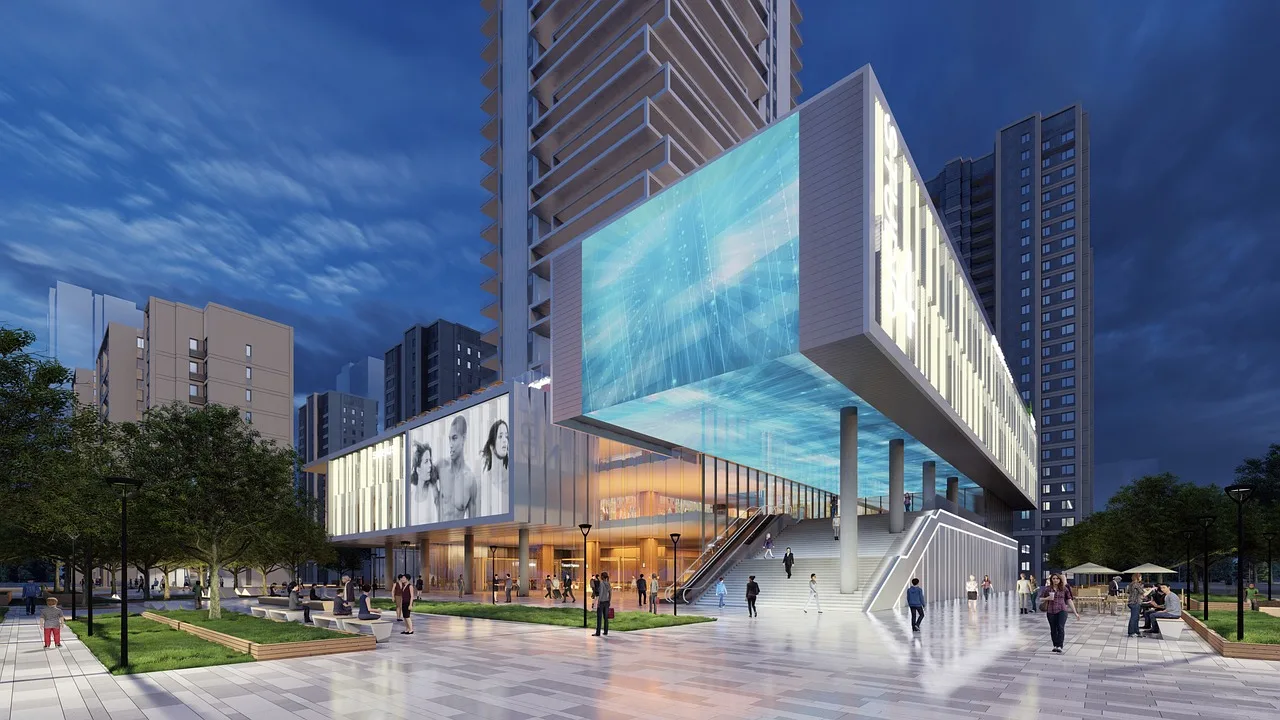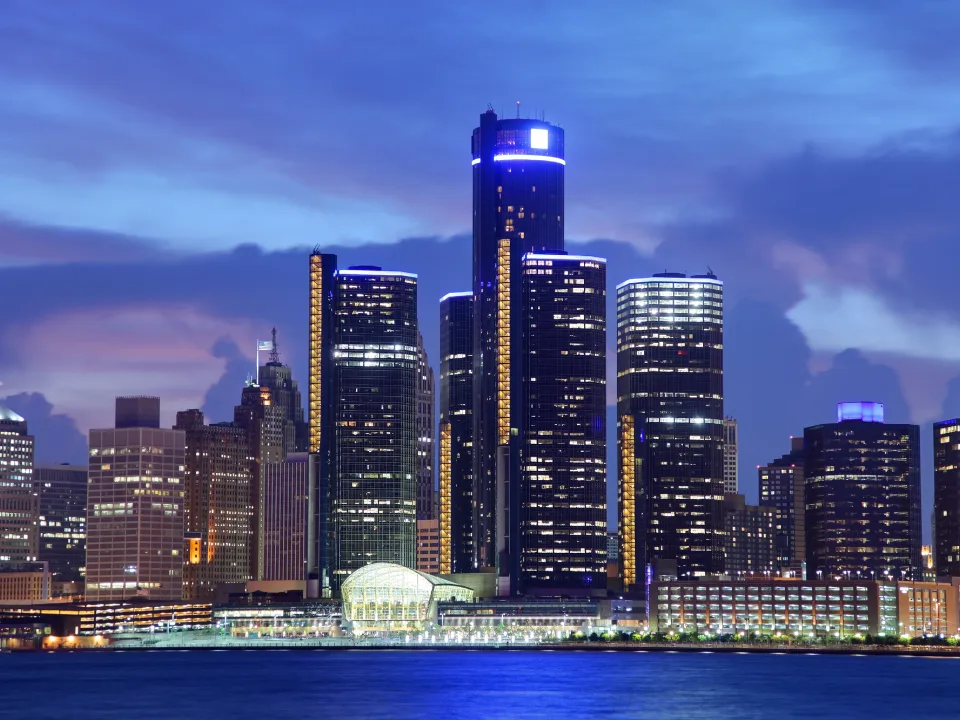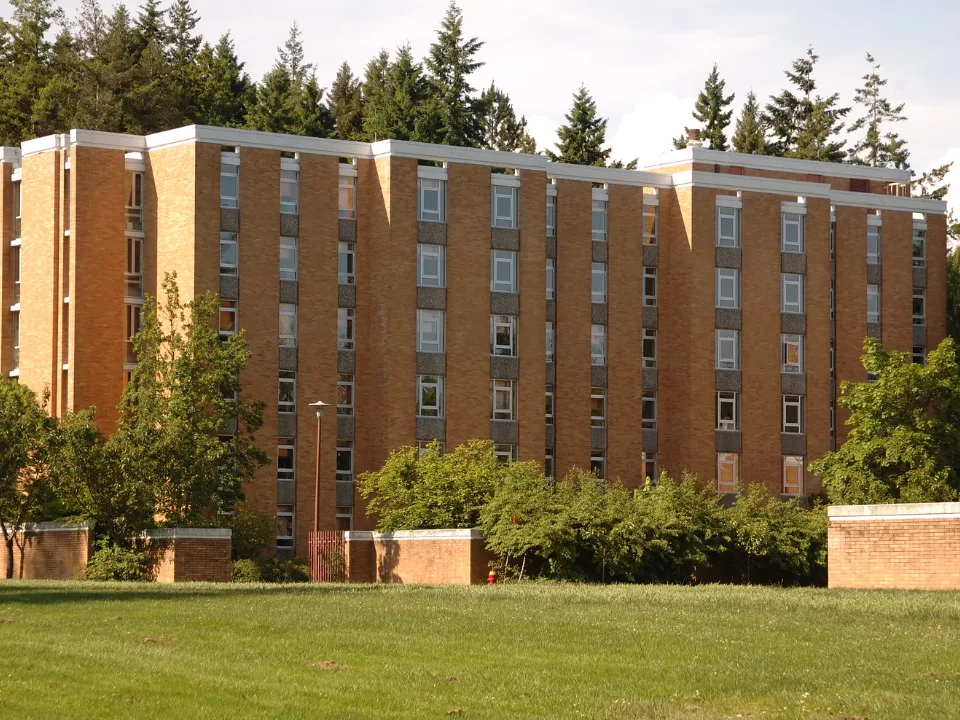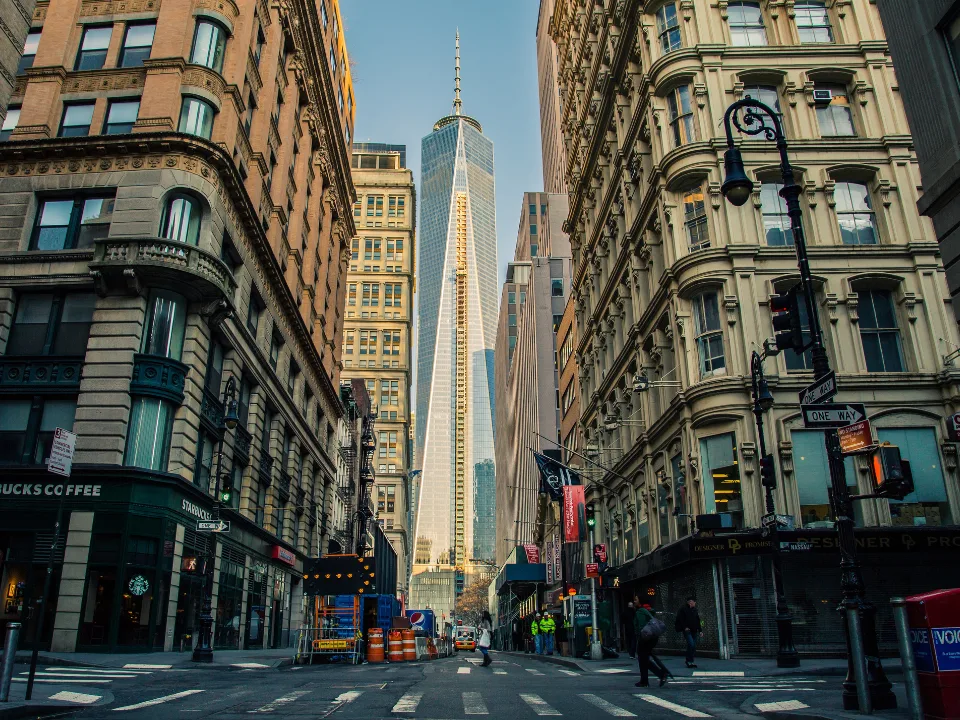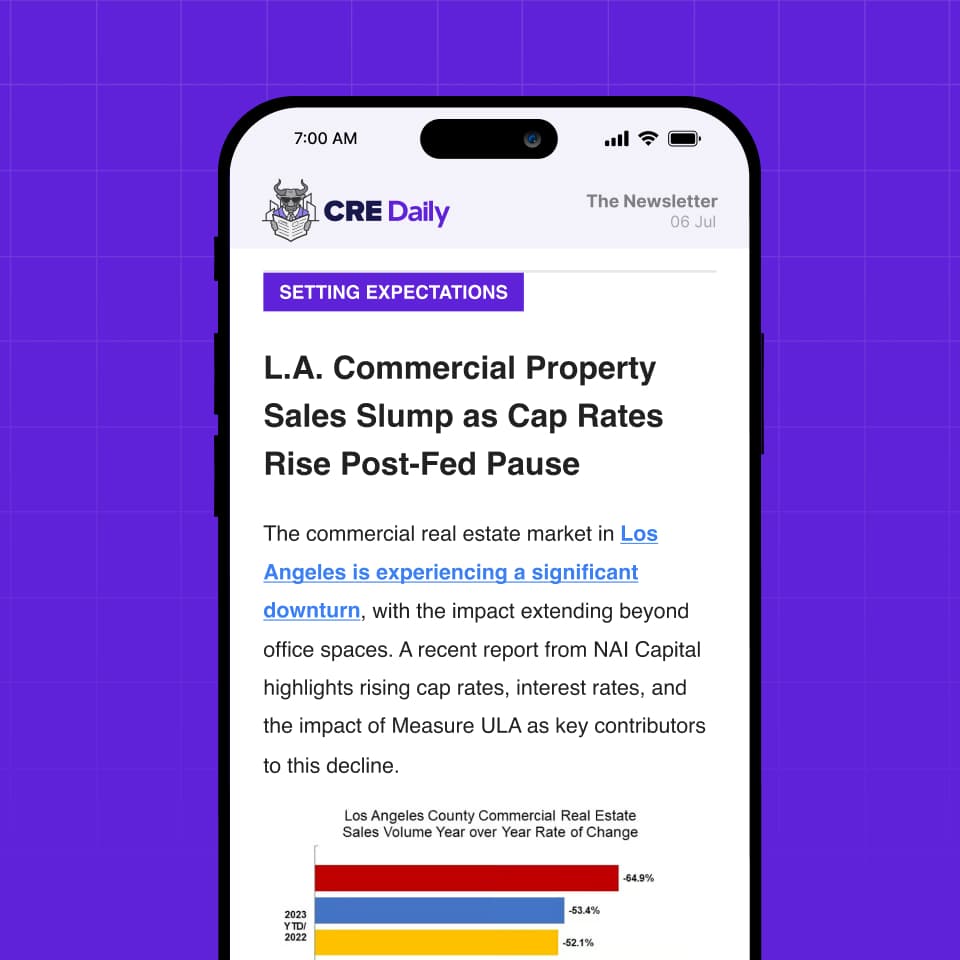- Simon Property Group is transforming The Shops at Mission Viejo and Brea Mall with multimillion-dollar upgrades to compete in Orange County’s tight and competitive retail market.
- The renovations feature open-air lifestyle spaces, trendy new restaurants, and in-demand tenants like Alo Yoga, Life Time, and Uniqlo, aligning with changing consumer preferences and suburban live-work dynamics.
- With new mall construction virtually nonexistent nationwide, landlords are focusing on repositioning existing assets in strong markets like Orange County, where retail space availability hit a 16-year low of 3.9% in Q2 2025.
Orange County’s Retail Renaissance
According to CoStar, Simon Property Group is making big changes to two of its long-running malls in Orange County. These updates aim to meet rising demand and stay ahead in a fast-moving retail market. This is a prime example of mall reinvestment in high-value suburban locations.
At The Shops at Mission Viejo, the company will build a 50,000 SF open-air area by late 2026. The space will include stores like Arhaus, Uniqlo, and FP Movement. Diners can expect popular spots such as North Italia and Pacific Catch. This upgrade will also bring outdoor dining and storefronts that open to the outside.
About 30 miles away, Brea Mall is also getting a major facelift. Simon is adding 119,000 SF to the mall, including a palm-lined plaza and new places to shop and eat. The mall will now feature Life Time, Alo Yoga, and The North Face, among others.
Competitive Edge in a Tight Market
Orange County’s retail market is one of the tightest in the country. The area’s retail space availability dropped to 3.9% in Q2 2025, compared to 4.8% nationwide, per CoStar.
Retail space is leasing fast — now averaging just seven months on the market. That’s over three months quicker than in 2022 and a sign of strong tenant demand.
This surge has pushed landlords to rethink older malls. Instead of letting big stores sit empty, they’re building outdoor plazas and adding restaurants and housing.
As Matt Hammond of Coreland Companies put it, shoppers today want more than just stores. “These renovations are about dining, entertainment, and a reason to gather,” he said.
Not All Malls Make the Cut
Well-located malls like Brea and Mission Viejo are drawing big investments. But not all properties are so lucky.
Less valuable malls, such as Westminster Mall, are being turned into housing with limited retail. Owners are choosing this path where demographics or traffic don’t support a retail comeback.
Simon’s efforts show a larger trend. The company is improving aging malls that still have solid foot traffic and strong local income levels.
Get Smarter about what matters in CRE
Stay ahead of trends in commercial real estate with CRE Daily – the free newsletter delivering everything you need to start your day in just 5-minutes
Broader Trends in California and Beyond
California has seen very little new retail construction in recent years. In Orange County, no project over 100,000 SF has started since 2018, per Cushman & Wakefield.
New outdoor centers like River Street Marketplace, opened in 2024, show what’s working now. Tenants like Mendocino Farms and Free People signed leases before construction finished — a sign of strong demand.
The Segerstrom family, who owns South Coast Plaza, is also planning big changes. Their new project, The Village Santa Ana, will add homes, offices, shops, and open space next to the mall.
Why It Matters
With few new malls being built, landlords are improving what they already own. In high-demand places like Orange County, these updates can turn old malls into vibrant new hubs.
Simon’s projects are part of a growing trend in mall reinvestment that focuses on experience, flexibility, and location. People want places where they can shop, eat, and relax — not just traditional indoor malls.
These changes reflect how retail is shifting to meet new habits and make better use of valuable suburban space.
